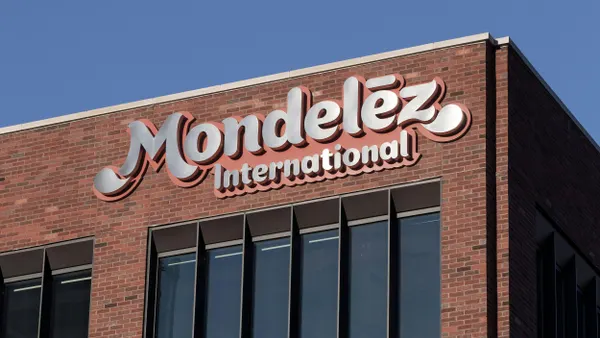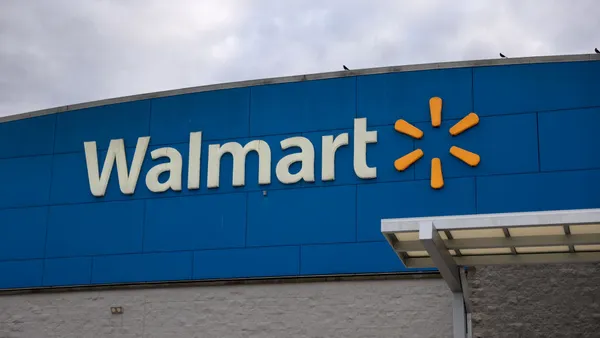Dive Brief:
- Most leaders of small and midsized businesses want to boost efficiency in operations as they deploy technology upgrades and additions, according to a Thursday report from Verizon. The telecommunications company commissioned Morning Consult to poll 681 SMB leaders.
- The second most-common motivator of technology enhancements for small businesses was to improve connections with existing customers, more than 2 in 5 respondents said. Customer acquisition, hybrid work support and employee retention were also among the top desired outcomes of tech investments.
- More than half of small businesses that carried out technology enhancements found boosts to their revenue as a result. For two-thirds of respondents, tech stack upgrades delivered cost-cutting benefits.
Dive Insight:
IT vendors aggressively pursue large customers who need software and other technology services at scale. But the SMB market can provide opportunities for growth.
Global IT spending from companies in this business category is expected to grow 6.4% year-over-year in 2024, totalling $1.58 trillion, according to an August report from Analysys Mason.
By 2027, the projected IT spend from SMBs will reach nearly $2 trillion, Analysys Mason expects.
As SMBs turn to a vendor market replete with embedded AI offerings, tech leaders remain torn — and adoption is sparse.
Most leaders say their company does not currently use AI, they're unaware of potential benefits the technology could deliver or didn't have an opinion on AI. Just 14% of small businesses use AI as part of the tech stack.
However, small business owners remain focused on technology that can help them save time, their most precious resource, said Aparna Khurjekar, chief revenue officer for business markets and SaaS at Verizon Business.
"This year's survey, for example, found that the main reason that business owners want to deploy artificial intelligence is because it can help them save time," Khurjekar said in an email. “Ultimately, this means that business owners are looking for greater operational efficiency, both in back-of-house and front-of-house."














